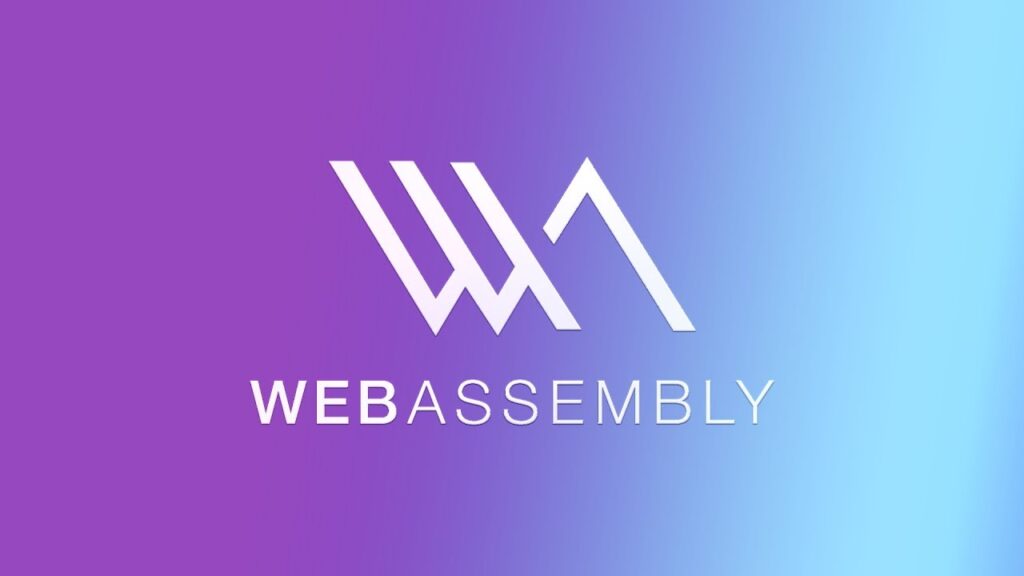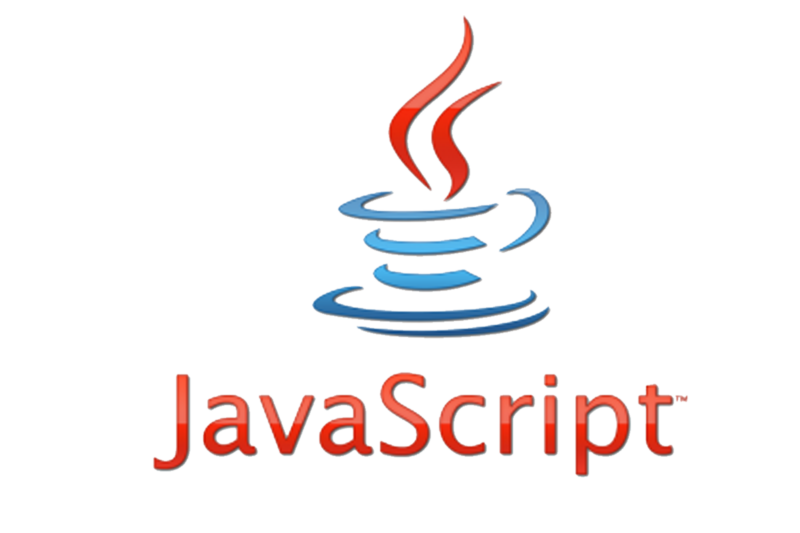In the rapidly evolving realm of web development, JavaScript has long been a cornerstone programming language, powering the interactivity and dynamism of the modern web. Its versatility, dynamic nature, and cross-browser compatibility have made it the default choice for crafting engaging user interfaces and interactive web applications. Yet, as technology surges forward and the demands of web development continue to escalate, developers are embarking on a quest for JavaScript alternatives that offer enhanced features, heightened performance, and a fresh perspective.
In this in-depth exploration, we’ll dive deep into the universe of JavaScript alternatives, delving into their distinctive attributes, limitations, and compelling reasons to explore beyond the realms of JavaScript. Let’s unravel the unique differentiators of these JavaScript alternatives and unearth the one that aligns seamlessly with your upcoming project.
Features that Define JavaScript
JavaScript, as a versatile programming language, is renowned for its capacity to deliver dynamic and interactive web experiences. Developers harness its capabilities to craft user interfaces that respond seamlessly, execute asynchronous operations without halting the entire page, and communicate with server-side resources without necessitating a full page reload. The employment of concepts like closures, prototypes, and event-driven programming has catalyzed the development of a robust ecosystem of libraries and frameworks, including the likes of React, Angular, and Vue.js. This ecosystem empowers developers to create intricate applications with remarkable ease, offering a user experience that feels seamless and fluid.
The Limitations That Prompt Exploration

1. Lack of Static Typing: A Breeding Ground for Uncertainty
JavaScript’s hallmark feature—dynamic typing—fosters a degree of flexibility that can be both a boon and a bane. While it grants developers the freedom to pivot quickly, it also paves the way for runtime errors that remain hidden until code execution. In projects of considerable scale, the absence of static typing becomes an Achilles’ heel, as the struggle to identify and rectify type-related issues intensifies. Enter JavaScript alternatives armed with static typing, which clamp down on errors by identifying them at compile time, fostering code that’s inherently more maintainable and less prone to surprises.
2. Performance Bottlenecks: The Need for Swiftness
JavaScript’s performance has long been a topic of discussion in the development community. As web applications become increasingly sophisticated, resource-intensive tasks can strain JavaScript’s performance, leading to sluggish user experiences and prolonged page rendering times. Applications with high computational demands, intricate animations, or data manipulation requirements might encounter bottlenecks that thwart the fluidity users expect. JavaScript alternatives optimized for performance can overcome these hurdles by leveraging streamlined execution mechanisms and innovative optimization techniques.
3. Maintenance Challenges in Large Projects: The Code Conundrum
Maintaining readability, structure, and modularity in sprawling projects is a recurrent challenge faced by developers. In the absence of rigid conventions, codebases can devolve into tangled masses that consume excessive time and effort to manage. This complexity breeds a fertile ground for bugs to flourish, impairing both the development pace and the final quality of the application. As projects grow, developers are drawn toward JavaScript alternatives that prioritize maintainability through enforced patterns, modular architectures, and concise code.
4. Scalability and Predictability: A Prerequisite for Precision
JavaScript’s lenient syntax and permissive nature can spawn unexpected behavior, often leading to code behaving differently than initially anticipated. The struggle to predict the outcome of certain code blocks can be a source of vexation, particularly when debugging intricate logic. In scenarios where precision and predictability are paramount, developers are enticed by JavaScript alternatives that enforce stricter syntax rules and diminish ambiguity in code execution.
Commonly Used JavaScript Alternatives For Dynamic Web Development

1. TypeScript: The Typing Marvel
As a dynamic superset of JavaScript, TypeScript has surged in popularity as a formidable JavaScript alternative. The allure lies in its introduction of static typing, an antidote to the conundrums of dynamic typing. By detecting type-related issues at compile time, TypeScript bestows developers with enhanced code quality and better predictability. This, in turn, facilitates easier collaboration within development teams and reduces the likelihood of runtime surprises. TypeScript seamlessly integrates into existing JavaScript projects, offering an intuitive learning curve for those familiar with JavaScript’s syntax.
2. CoffeeScript: A Dash of Elegance
CoffeeScript injects elegance and brevity into the realm of programming languages. It introduces a more streamlined and human-readable syntax, reducing the cognitive load required to decipher code. The compilation process further optimizes the resultant JavaScript, ensuring efficiency without compromising readability. CoffeeScript finds favor among developers seeking to transcend the complexities of verbose code, making it an ideal choice for projects where clarity and conciseness reign supreme.
3. Dart: Versatility Redefined
Borne from the laboratories of Google, Dart has emerged as a versatile JavaScript alternative that challenges JavaScript’s status quo. Dart code can either be transpiled into JavaScript or run natively using the Dart VM. This dual capability caters to both web and mobile application development, extending the potential scope of your project. Dart’s emphasis on performance, coupled with its extensive standard library, furnishes developers with the tools needed to craft applications that excel across platforms.
4. Elm: Functional Purity for Web Apps
Stepping into the scene with a resolute focus on functional programming, Elm reimagines web application development. It pivots away from the mutable data structures and runtime exceptions synonymous with JavaScript, opting for an immutable architecture that fosters robustness and predictability. The enforced absence of runtime exceptions alleviates a significant pain point, enabling developers to create web applications that are remarkably stable and maintainable. Elm, while niche, has cultivated a fervent community that extols its elegance and effectiveness.
5. PureScript: Functional Bliss
PureScript extends an invitation to the world of functional programming, enabling developers to relish the benefits of type safety and immutability. Inspired by the venerable Haskell, PureScript compiles to JavaScript, ensuring that the transition from a functional paradigm to the realm of web development is seamless. Developers embrace PureScript for its ability to foster concise and expressive code while mitigating the risks of runtime errors—a paramount consideration in complex projects.
6. ReasonML: A Bridge to Safety
ReasonML emerges as a bridge between JavaScript and the safety of static typing. Drawing inspiration from OCaml, ReasonML enriches JavaScript with a powerful type system, bolstering code quality and predictability. It’s particularly appealing to developers seeking a safer avenue without completely relinquishing their JavaScript knowledge. ReasonML’s interoperability with JavaScript components facilitates a gradual adoption, making it an attractive proposition for projects that necessitate incremental transitions.
7. ClojureScript: Lisp Meets JavaScript
In the realm where JavaScript and Lisp converge, we encounter ClojureScript. This dialect of Lisp injects a unique flavor of functional programming into the world of web development. By compiling to JavaScript, ClojureScript embraces immutability and simplicity, forging code that’s not only maintainable but also pleasantly succinct. Its unique blend of paradigms appeals to those looking to infuse their web applications with the elegance and rigor of functional programming.
8. Kotlin/JS: A Familiar Face
Kotlin/JS extends a warm embrace to developers already acquainted with Kotlin. As the Kotlin programming language ventures into the realm of web development, it brings along its conciseness, expressiveness, and interoperability. Developers transitioning from Kotlin-based Android development can now harness their existing expertise for crafting dynamic web applications. Kotlin/JS’s familiarity and smooth integration make it an alluring choice for teams seeking to capitalize on their existing skill sets.
9. Haxe: Cross-Platform Magic
Haxe stands as a polyglot language capable of targeting a diverse array of platforms, including JavaScript. Its strong typing and support for macros empower developers to craft codebases that transcend conventional boundaries. Haxe shines in scenarios spanning from game development to web application crafting, courtesy of its ability to generate optimized JavaScript code that effortlessly adapts to varying environments.
10. WebAssembly (Wasm): Speed Redefined
While not a programming language in itself, WebAssembly (Wasm) revolutionizes web application performance by ushering in the realm of high-performance code execution within web browsers. Compatible with languages like C++, Rust, and AssemblyScript, WebAssembly enables the creation of applications that operate at speeds approaching native execution. By harnessing this technology, developers can unlock the potential for sophisticated applications that prioritize performance without compromising the convenience of web-based deployment.
Factors To Consider While Choosing The Perfect JavaScript Alternative

1. Project Requirements and Goals
Before embarking on the quest for the ideal JavaScript alternative, it’s imperative to dissect the requirements and objectives of your project. Factors such as anticipated performance demands, scalability, and integration with existing systems warrant careful consideration. Aligning your chosen JavaScript alternative with your project’s unique needs forms the bedrock of a successful endeavor.
2. Community Support and Documentation
The strength of a development ecosystem is often measured by the vibrancy of its community and the accessibility of its documentation. A thriving community brings forth a treasure trove of insights, libraries, and solutions that can catalyze your development journey. Prioritize JavaScript alternatives bolstered by active communities that foster knowledge sharing and collaborative growth.
3. Learning Curve and Familiarity
The learning curve associated with adopting a new programming language or paradigm can significantly impact project timelines and outcomes. A language that aligns with your team’s existing skill set can expedite the onboarding process, allowing developers to channel their expertise into the creation of high-quality applications.
4. Ecosystem and Third-Party Integrations
The availability of a rich ecosystem replete with libraries, frameworks, and tools can catalyze development efforts and expedite feature implementation. Leveraging third-party solutions not only accelerates development but also equips you with battle-tested components that enhance the robustness and functionality of your application.
5. Long-Term Viability
As you deliberate over JavaScript alternatives, it’s paramount to assess their long-term viability. Scrutinize the backing organization or community, seeking assurance that the alternative will continue to receive updates, support, and improvements. Investing in a language with staying power ensures that your development efforts remain relevant and sustainable.
In Conclusion
The voyage through the realm of JavaScript alternatives unfurls a panorama of possibilities for web development. Each JavaScript alternative, with its unique blend of strengths, addresses the limitations that once tethered JavaScript. Whether your allegiance lies with the elegance of functional programming, the precision of static typing, or the promise of enhanced performance, there exists an alternative that resonates harmoniously with your project’s aspirations. By meticulously evaluating your requirements and aligning them with the strengths of each JavaScript alternative, you embark on a journey to create web applications that transcend the ordinary and embody the extraordinary.









